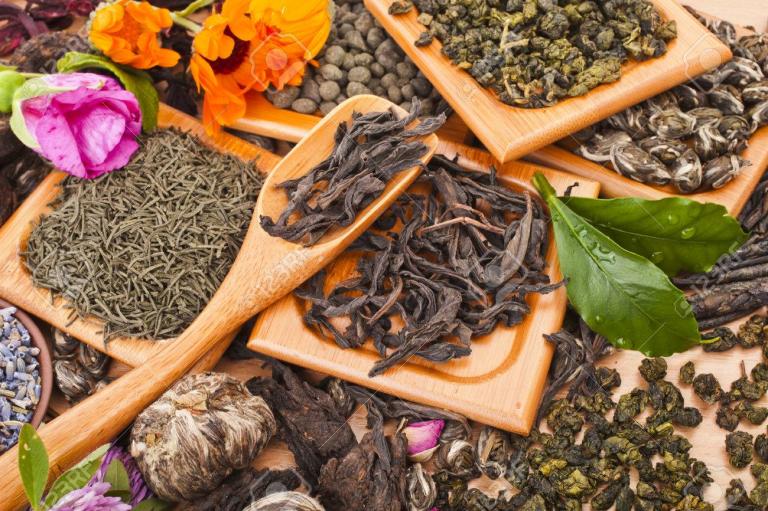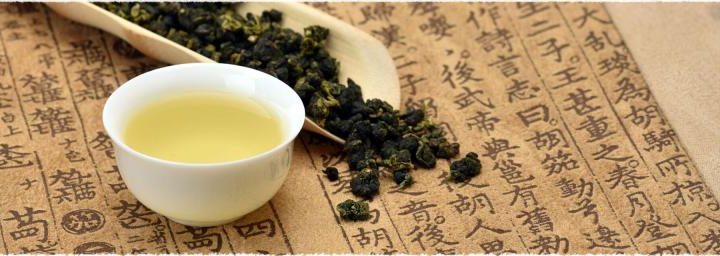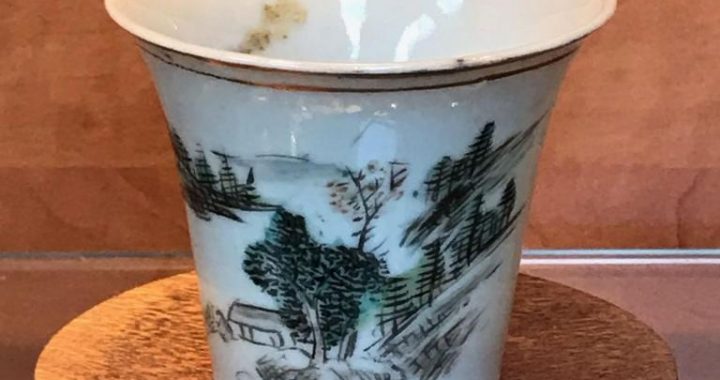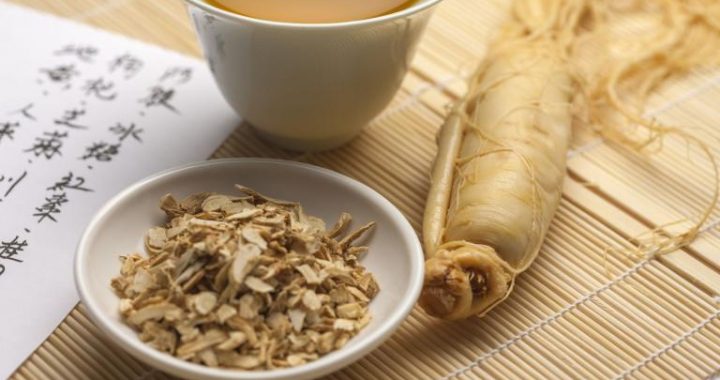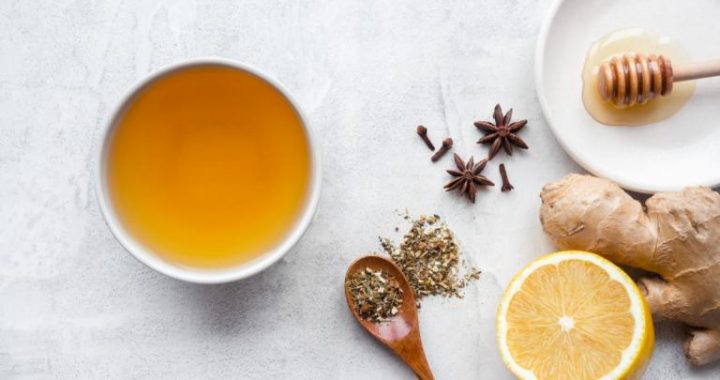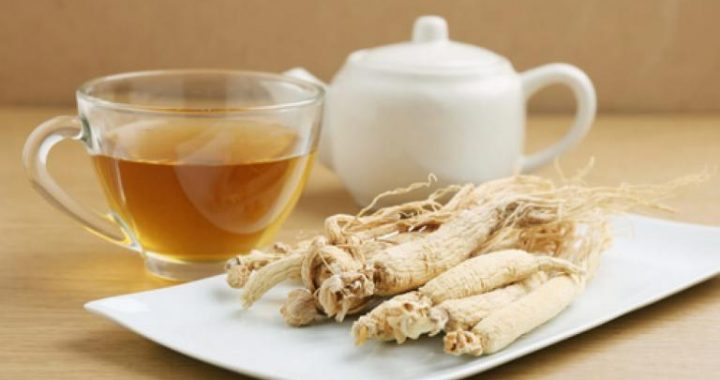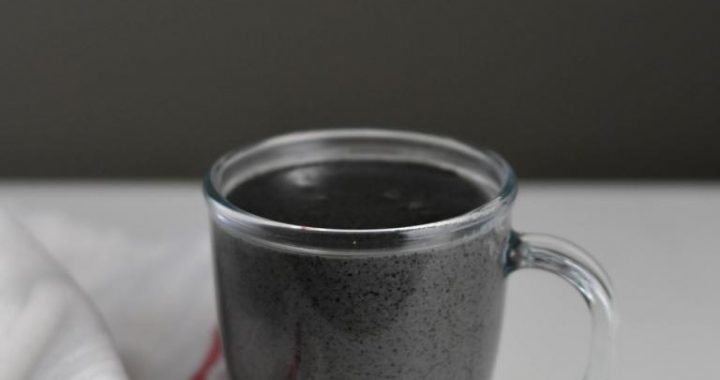Tea, green and black
3 min readBitter and sweet (Fire and Earth), cold, Yin
Tea originated in China in ancient times—its botanical name, Camellia sinensis (Chinese camellia) tells us as much. Tea was probably first used as a flavoring for the unpleasant tasting water of the Yelow River basin.11 It was soon discovered that, as well as rendering water drinkable, tea was a nervous system stimulant and an aid to digestion. It has been much prized both as a drink and as a health aid ever since.
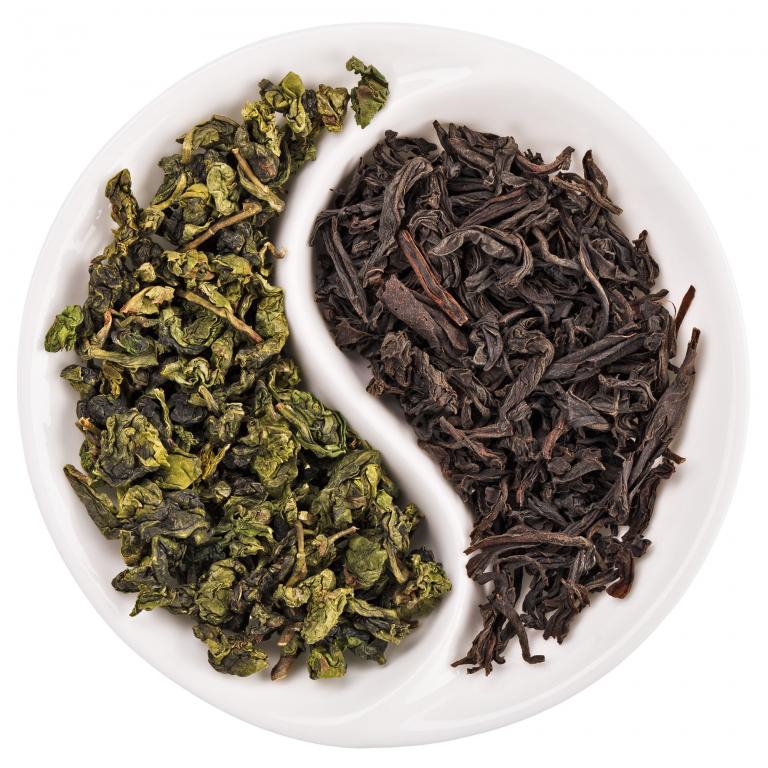
12 All tea, green and black, comes from the same plant; the differences between varieties depends on two main factors. The first of these is habitat conditions, including the soil and climate. The second factor is the degree of processing that the tea leaves undergo between plucking and packaging. Green teas are the least processed: the leaves are “withered” (naturally dried) and then packaged. Oolong teas are withered and then slightly fermented. Lapsang souchong tea is withered, fermented, and smoked. Black teas are withered, fermented, and dried. Tea is recognized as a diuretic and a mild stimulant. In 1991, studies in cancer research carried out by Dr. Alan Conney demonstrated that tea may also help in combating cancer. Three groups of mice were administered high doses of cancer-inducing drugs with their food. One group of mice was given nothing but water to drink. Another drank black, fermented tea, and a third group drank only green tea. At the end of the sixteen-week experiment all the mice were dissected and examined for cancerous tumors.
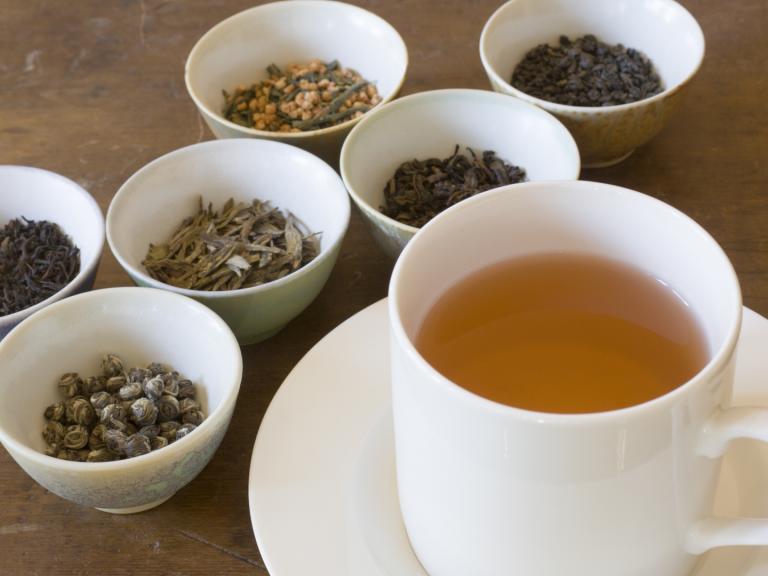
While the water- drinking and black-tea-drinking mice each had, on average, eighty-five tumors in their bodies, the green-tea-drinking group had developed only fifteen tumorous growths, 80 percent less than the others. In a second experiment Dr. Conney exposed the mice to strong ultraviolet rays. Ninety percent of the water-drinking mice developed skin cancer, while less than 30 percent of the tea drinkers were affected by the disease. Studies conducted in Israel, Norway, and Japan have indicated that tea might also be beneficial in bringing down cholesterol levels. Tea is used in China to cure headaches, colds, indigestion, dysentery, and acute gastroenteritis. Ground into a powder and applied externally to the skin two or three times a day, tea leaves are said to eliminate herpes zoster. On the downside, tea can cause constipation. Note that green tea, untreated andunfermented, is said to be better than black, smoked, or flavored teas. The following nutritional values are for black tea only. Green tea is just now making a wider presence in the American market. As a consequence, nutritional values for green tea are not shown in any of the reference books currently available.
Although no precise figures are given here, green tea is known to contain thiamine, riboflavin, niacin, folic acid and biotin, potassium, manganese, magnesium, copper, zinc, and sodium. Protein, 0 g; Fat, 0 g; Fiber, 0 g; Carbohydrate, 0 g; Vitamin A, 0 IU; Vitamin B1, 0 mg; Vitamin B2, 0.03 mg; Niacin, 0 mg; Vitamin C, 6 mg; Calcium, 0 mg; Phosphorus, 1 mg; Iron, 0.04 mg
